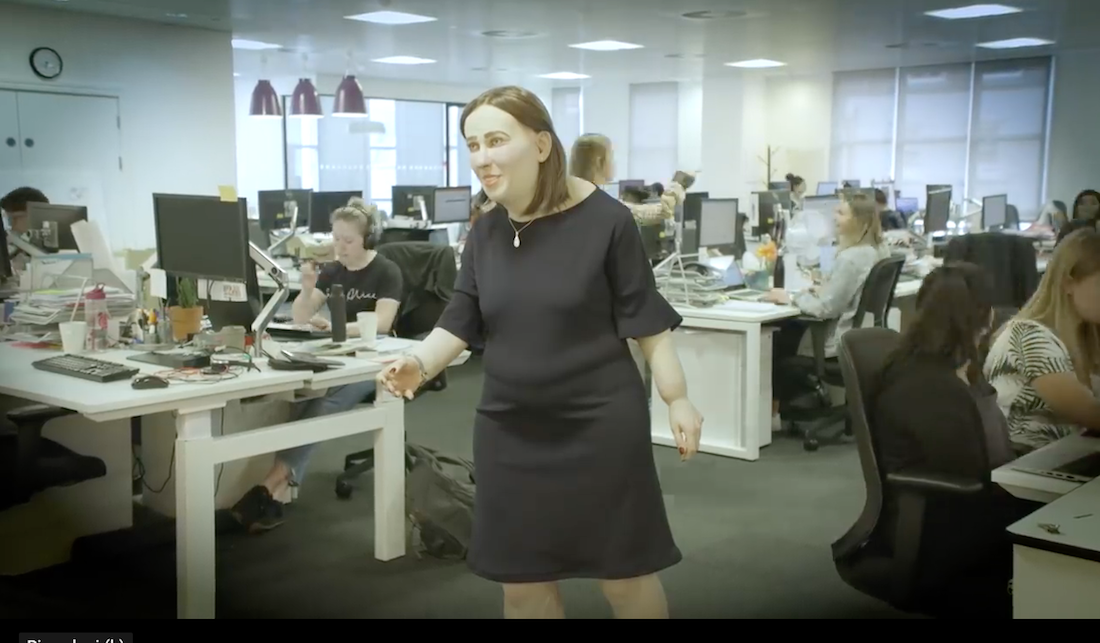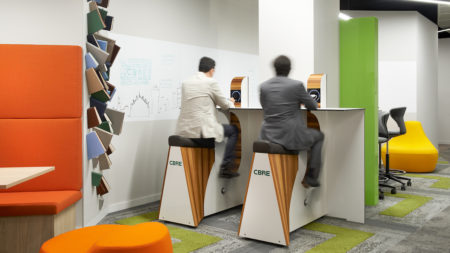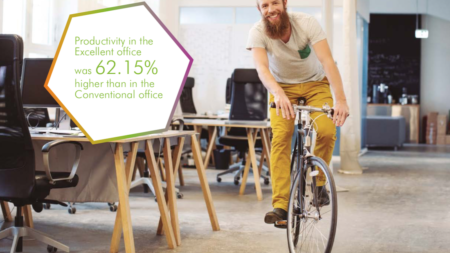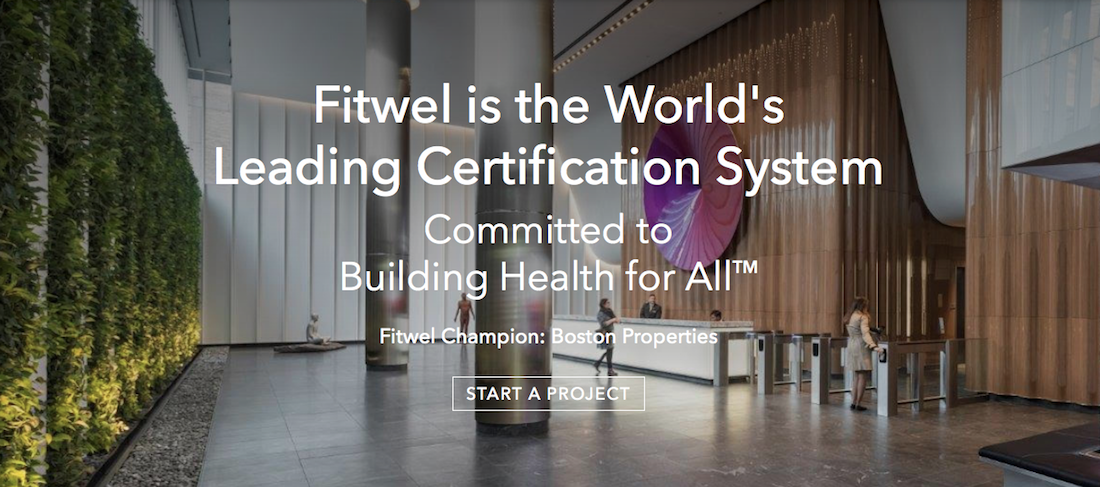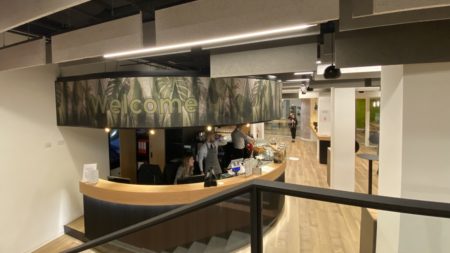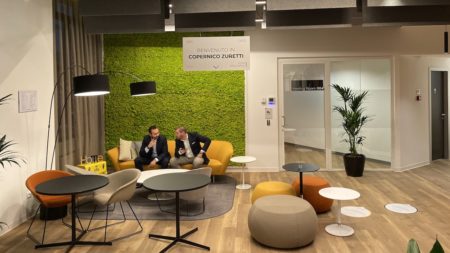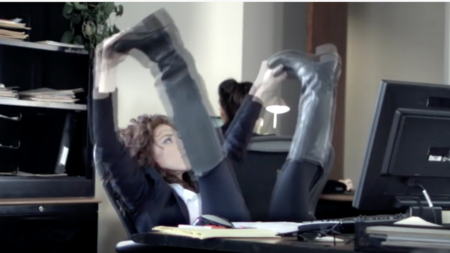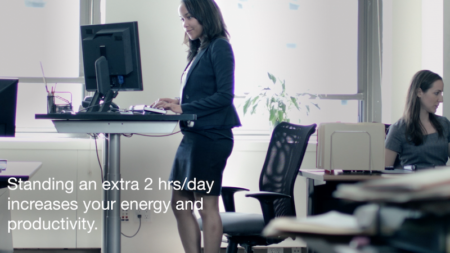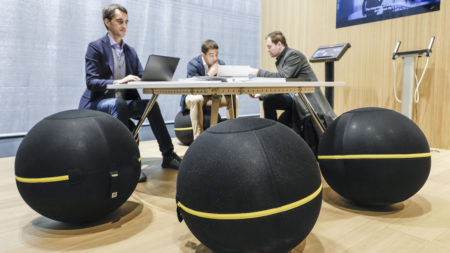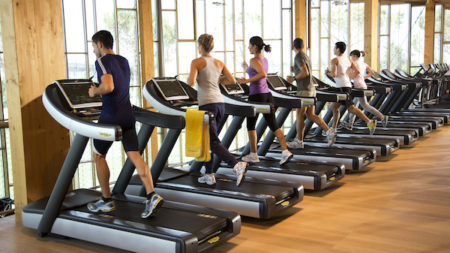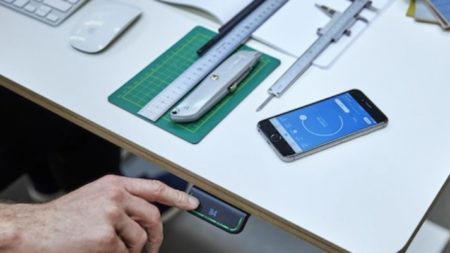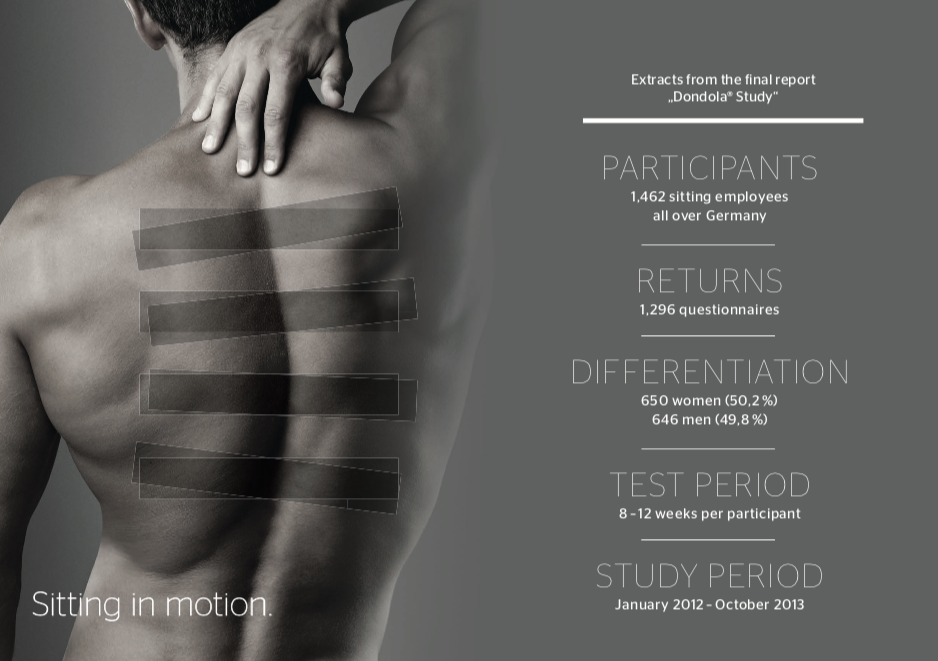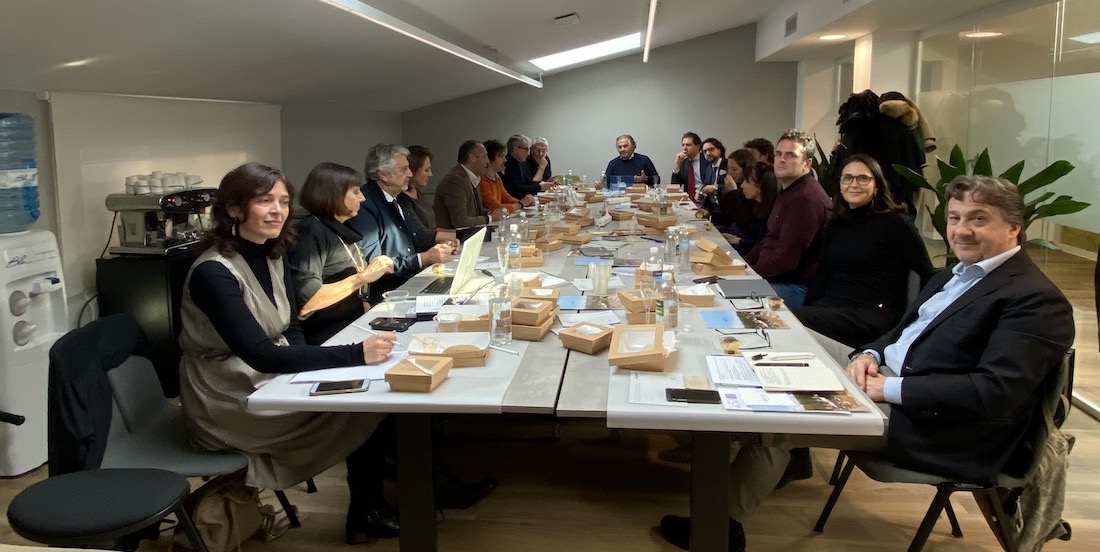
The WOW Learn & Lunch, organized in collaboration with Linak and Wagner, took place in the new Copernico Zuretti coworking in Milan, gathering around the table a group of professionals sharing their experiences and ideas about wellbeing in the workplace in a lively and proactive way and offering advanced and dynamic approaches to ergonomics and environmental comfort.
The starting point for this Learn & Lunch entitled “Comfort and dynamic ergonomics for the Smart Office” comes from the recent article posted on WOW! which reports a survey by Fellowes and highlights the disturbances, diseases and permanent alterations that the “unhealthy” elements “of our workplace can cause.
The survey shows that the main defendants are lack of movement and excessive sedentary lifestyle.
But the meaning of comfort is subjective, often – especially for older generations – it does not have the active value of “what gives strength and vitality” as the Latin etymology suggests …
The architect’s first task is to analyze what kind of customer he is facing; only a few understand that the static nature of the environment also creates problems of relationships and accept a dynamic view of the layout that invites people to move to find their own comfort.
And having a professional experience at 360 ° offers more possibilities to have a hybrid approach,– home, restaurant, hotel, retail – to design a more stimulating environment, conceived in a wellbeing perspective.
Sometimes customers have evolved and demanding flexible environments giving priority to “third spaces“, ie, lounge areas, bars, meeting rooms furnished with ottomans and whiteboards to stimulate people to get up, areas for praying, green areas for informal meetings and strong presence of greenery as an element of biophilia and for acoustic comfort.
These topics are exciting for designers, in particular Andrea Grassi, who since a couple of years have been ambassadors for Fitwel, in Italy, a certification system aimed at the “Building Health for All” managed by the US government and implemented in public buildings.
Often Corporate Social Responsibility includes the wellbeing of employees, but where is the boundary between commitment to wellbeing and compulsion?
It is a mistake to push towards the “Google style” at all costs, the path to smart working starts from change management and employees involvement.
By adopting the principles of the activity based office, the user must also be stimulated; the desire to move must be created.
Drivers are socialization, art, events, the quality of all available environments that encourage everyone to use them all, to move around the building to enjoy different experiences.
We return to talk about the generational conflict because often the elderly have a certain resistance to the “Google style”: sitting on the poufs or on the balls are only comfortable for young gym people, and someone refuses to go down a floor on foot to go to the bar or garden for a meeting.
It is important to find ergonomic solutions for everyone even in a more traditional view: at any age an ergonomic task chair and a sit-stand desk are appreciated.
But it is important know how evaluating the safety of height-adjustable desks, as explained in this article by UL.
Actually it is possible to move even while sitting at your workstation, as shown by Wagner, supporter of “Sitting in Motion”concept.
Together with the Orthopedic Clinic of the University of Regensburg, this German company has developed and patented the Dondola mechanism: a small three-dimensional joint with a beautiful design, which can be positioned under the seat of different models of office task chairs, lounge chairs and even classic chairs. This technology generates micro-movements on four axes that support the movements of the seated people and produce a sort of passive gymnastics.
Thanks to this joint, the seat is never static and, although it cannot replace a walk, it keeps the back muscles active.
In addition to moving around in-between areas to induce a walk, some technologies allow movement even when working at a desk offering a constant movement throughout the working time.
It is necessary to get up and make breaks of 5 minutes every hour to keep the circulation active and draw all the benefits that derive from the movement, explains Linak, illustrating the well-known benefits of sit-stand desks.
And basically the claims by Linak “We improve your life” and Wagner “Move your life” in their effective synthesis perfectly express the desire emerged from the experiences and points of view shared in this meeting.
Report by Renata Sias.
Thanks to the participants who gave life to the Learn & Lunch:
Carlo Beltramelli (Beltramelli Interior Designer)
Isacco Brioschi (Studio Brioschi)
Luca Brusamolino (Workitect)
Federica De Leva (GBPA)
Alessandra Di Pietro (DEGW)
Andrea Grassi (Genius Loci)
Federico Lessio e Danilo Schipani (Copernico)
Lucilla Magliulo (Studio Magliulo)
Cristiana Trotta (Around Studio)
Giuseppe Benini (UL Environment),
Lorenzo Facello e Andrea Rossetti (Air Care),
Elena Marzorati (Linak),
Norina Palese (Wagner),
Gianluca Campana e Giovanni Invernizzi (Forum Progetti)

